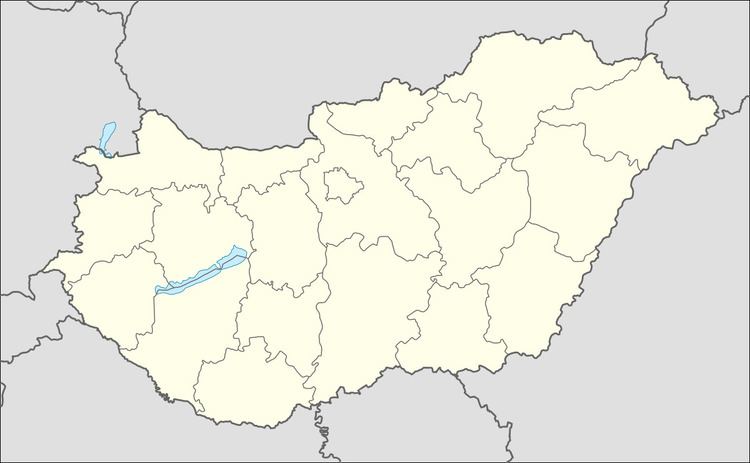 | ||
The United Nations Educational, Scientific and Cultural Organization (UNESCO) World Heritage Sites are places of importance to cultural or natural heritage as described in the UNESCO World Heritage Convention, established in 1972. Hungary accepted the convention on July 15, 1985, making its historical sites eligible for inclusion on the list.
Contents
Sites in Hungary were first inscribed on the list at the 11th Session of the World Heritage Committee, held in Paris, France in 1987. At that session, two sites were added: "Budapest, the Banks of the Danube with the district of Buda Castle" and "Hollókő". The names of these and other Hungarian sites were changed to their present names at the 27th session of the Committee in 2003. Sites were added one at a time in the years 1995, 1996, 1999, 2000, 2001 and 2002. As of July 2014, Hungary has 8 total sites inscribed on the list. Of these two sites are shared with other countries: "Fertö / Neusiedlersee Cultural Landscape" with Austria; and the "Caves of Aggtelek Karst and Slovak Karst" with Slovakia. The latter is also the only natural site in Hungary.
World Heritage Sites
The table lists information about each World Heritage Site:
Name; as listed by the World Heritage Committee Location; place, with co-ordinates provided by UNESCO Period; time period of significance, typically of construction UNESCO data; Site reference number, the year the site was inscribed on the World Heritage List, and the criteria it was listed under: criteria i through vi are cultural, while vii through x are natural Description; brief description of the siteTentative list
In addition to sites inscribed on the World Heritage list, member states can maintain a list of tentative sites that they may consider for nomination. Nominations for the World Heritage list are only accepted if the site was previously listed on the tentative list. As of 2014, Hungary recorded 11 sites on its tentative list. The sites, along with the year they were included on the tentative list are:
- Le Château-fort médiéval d'Esztergom (1993)
- The Tihany Peninsula (1993)
- Caves of the Buda Thermal Karst System (1993)
- Mediaeval Royal Seat and Parkland at Visegrád (2000)
- System of Fortifications at the Confluence of the Rivers Danube and Váh in Komárno - Komárom (2007)
- The Network of Rural Heritage Buildings in Hungary (2000)
- State Stud-Farm Estate of Mezőhegyes (2000)
- The Wooden Churches of the Northern Part of the Carpathian Basin (2000)
- The Ipolytartnóc Fossils (2000)
- Ödön Lechner’s independent pre-modern architecture (2008)
- Frontiers of the Roman Empire – Ripa Pannonica in Hungary (2009)
